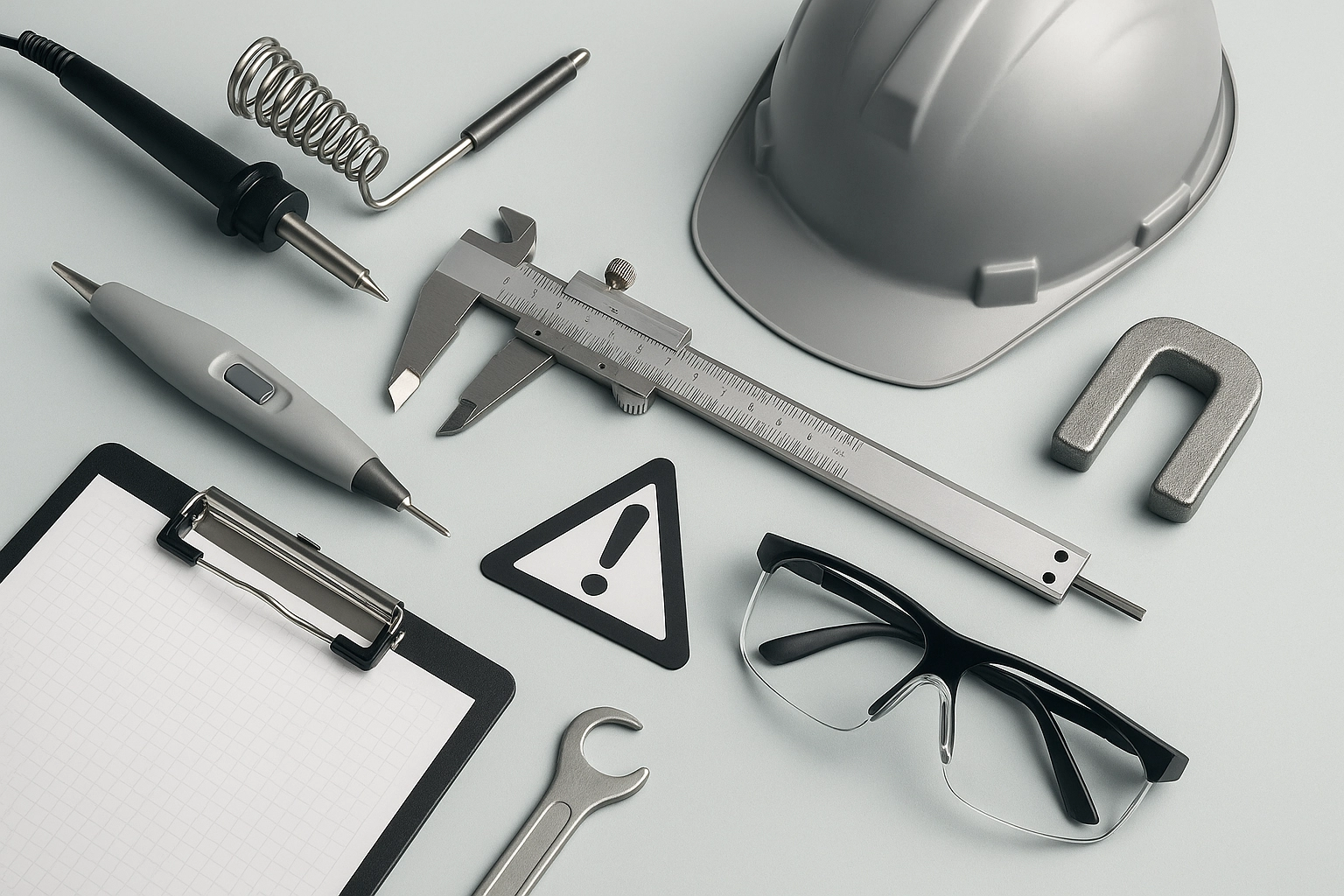ASTM F963 Detachable and Breakable Parts Testing
The American Society for Testing and Materials (ASTM) F963 standard is a comprehensive set of requirements, specifications, guidelines, and test methods applicable to consumer toys. This service focuses specifically on the testing of detachable and breakable parts as per ASTM F963 Section 18. Ensuring that toy products are safe from hazards such as small parts that could pose choking risks or sharp edges is crucial for protecting children's health and well-being.
The standard emphasizes the importance of assessing whether components like buttons, toggles, or any other detachable elements can be easily removed under normal use conditions. This evaluation helps identify potential safety issues where a child might accidentally ingest these parts, leading to choking incidents. Additionally, it examines breakable parts such as glass or plastic pieces which could shatter into smaller fragments during play, causing injuries.
For accurate and reliable testing, our laboratory adheres strictly to the guidelines outlined in ASTM F963-18. We employ advanced methodologies involving both visual inspections and mechanical tests to determine if any detachable parts meet the specified size criteria for non-toxic materials that are not easily swallowed by children. Similarly, we conduct impact resistance assessments on breakable components using appropriate laboratory equipment like drop testers or tensile strength machines.
Our experienced team of engineers ensures consistent quality control throughout each phase of testing, ensuring compliance with regulatory requirements while delivering accurate results within the required timeframe. By leveraging cutting-edge technology and adhering rigorously to established protocols, we provide clients with confidence that their products comply fully with relevant safety standards.
Scope and Methodology
The scope of ASTM F963 Detachable and Breakable Parts Testing encompasses various aspects aimed at ensuring toy safety. Firstly, it covers the evaluation of detachable parts such as buttons, toggles, and similar components to ascertain their dimensions relative to the mouth size of young children. This ensures that no part can be inserted into a child's throat, thus preventing choking hazards.
Additionally, this service includes assessing breakable materials like glass or ceramic used in toys. These tests involve determining whether these elements would shatter upon impact, producing sharp shards capable of causing cuts and lacerations if ingested or mishandled during playtime. To achieve this, we utilize specialized laboratory equipment designed specifically for simulating real-world scenarios where a toy might be subjected to drops from varying heights.
In order to provide accurate and reliable results, our team follows precise methodologies outlined in ASTM F963-18. Visual inspections form the initial step of our process, allowing us to identify any visible defects or anomalies immediately. Following this inspection, we employ mechanical testing techniques such as compression tests for evaluating the strength of certain materials under controlled conditions.
Our approach also includes destructive testing methods where necessary. For instance, when dealing with breakable parts made from brittle materials like glass or ceramics, our experts subject these samples to high-impact forces using drop testers. These devices simulate a toy being dropped onto a hard surface, allowing us to measure how much force is required before the material fractures.
Once all tests have been completed, our laboratory provides detailed reports summarizing the findings and recommendations for any necessary modifications based on non-compliance with ASTM F963 standards. Compliance ensures that toys remain safe throughout their lifecycle, reducing the likelihood of recalls or other safety issues later down the line.
Environmental and Sustainability Contributions
- Eco-friendly materials: Our testing methods help manufacturers choose sustainable alternatives for detachable parts in toys. By ensuring that these components are made from biodegradable or recycled materials, we contribute positively towards reducing waste and promoting environmental stewardship.
- Reduced resource consumption: Through our rigorous testing procedures, we identify ways to minimize the use of non-renewable resources by optimizing material usage in toy production. This not only reduces costs but also decreases the carbon footprint associated with manufacturing processes.
- Innovation support: By staying ahead of regulatory changes and emerging trends within ASTM F963 standards, we assist our clients in developing innovative products that meet current and future demands without compromising on quality or safety. This proactive approach encourages sustainable growth across industries.
We recognize the importance of integrating environmental considerations into toy design and manufacturing processes. Our services play a crucial role in fostering innovation while promoting responsible practices that benefit both consumers and the planet.
Use Cases and Application Examples
In practice, ASTM F963 Detachable and Breakable Parts Testing finds application across numerous industries involved with children's products. For instance, toy manufacturers often rely on this service to ensure that their product complies fully with all relevant safety regulations before bringing it to market.
One common scenario involves the testing of remote control vehicles where miniature buttons and toggles are integrated into the design. These components must be thoroughly evaluated for both detachability and breakability to guarantee they do not pose a risk if accidentally swallowed by young users. Another example pertains to soft plush dolls equipped with small, easily removable accessories such as hair clips or earrings.
Our testing also extends to educational kits designed specifically for children's learning experiences. Here again, the focus lies in verifying that no detachable elements exceed acceptable size limits set forth by ASTM F963-18. Finally, we assist in evaluating collectible figurines often containing intricate detailing or decorative features which may be subject to breakage during normal handling.
By providing comprehensive testing services aligned with ASTM F963 standards, our goal is to ensure that all toys undergo rigorous quality checks aimed at safeguarding children's safety and health. This commitment translates into peace of mind for parents knowing they are purchasing safe playthings for their kids.





